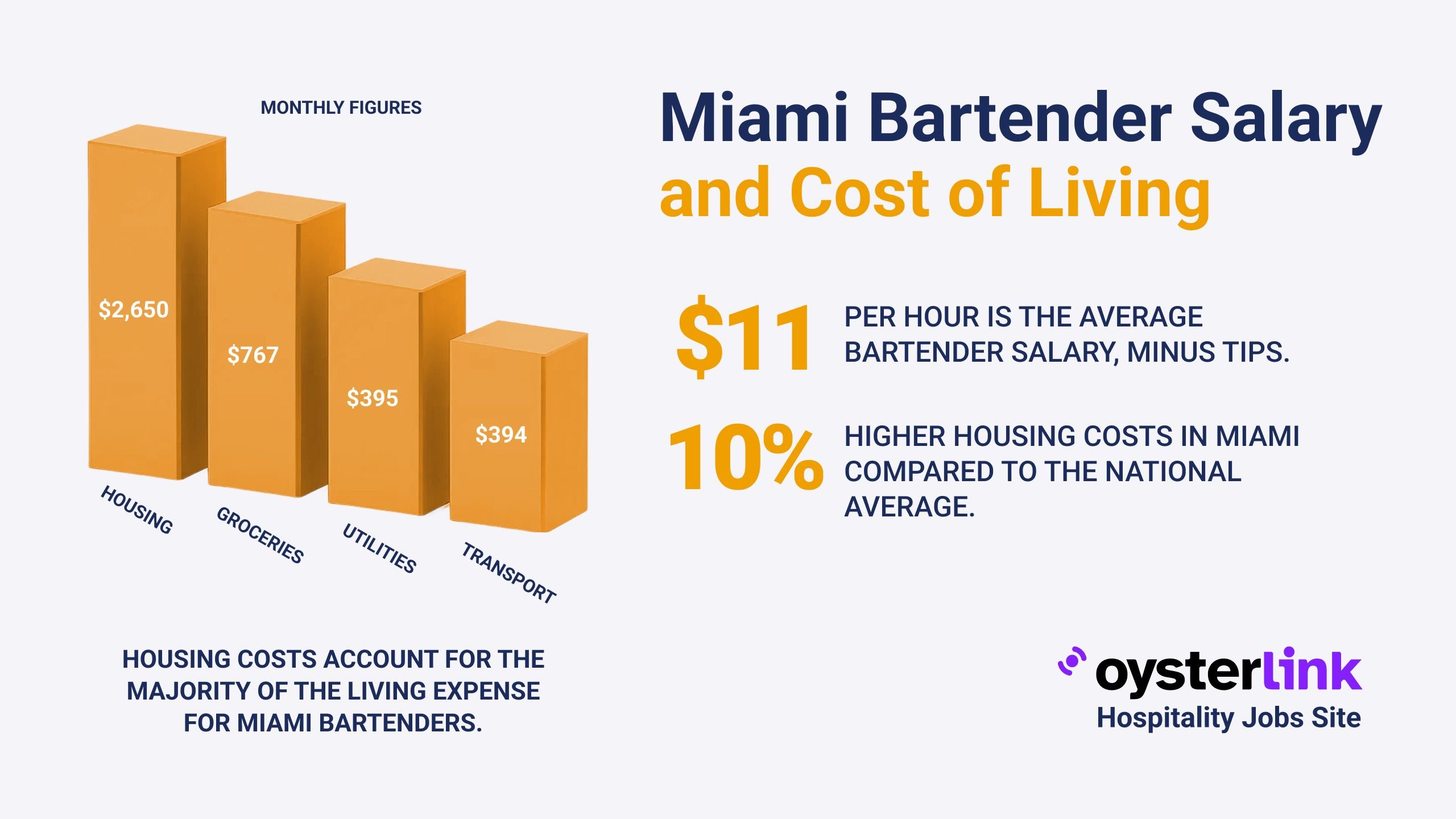Overtime Budgeting for Cashier in Los Angeles: Key Takeaways
- California requires overtime pay at 1.5x regular rate after 8 hours/day or 40 hours/week, and double-time after 12 hours/day.
- Overtime significantly increases labor costs, e.g., $15/hr wage becomes $22.50/hr for overtime and $30/hr for double-time.
- Effective staffing strategies like smarter scheduling, cross-training, and flexible shifts help control overtime expenses and improve compliance.
Managing overtime for cashiers in Los Angeles demands careful budgeting and strategic staffing due to strict labor laws and high cost implications.
For employers seeking guidance, our how to hire a cashier spotlight offers valuable insights on recruitment strategies tailored for cashier positions.
This guide outlines the cost impact of overtime and practical staffing approaches to optimize labor spending and maintain compliance.
1. Understanding Overtime Cost Impact for Cashiers in Los Angeles
California labor law mandates that non-exempt employees, including cashiers, receive overtime pay at one and a half times their regular hourly wage for hours worked beyond 8 in a day or 40 in a week.
Additionally, double-time pay applies for hours worked over 12 in a single day, further intensifying labor expenses.
For example, a cashier earning $15 per hour must be paid $22.50 per hour for overtime and $30 per hour for hours beyond 12.
This multiplier effect can quickly inflate labor costs when overtime is not properly managed.
Uncontrolled overtime not only pressures budgets but also contributes to employee fatigue, reducing productivity and increasing turnover rates, which carry costs for recruitment and training new personnel.
Explore our comprehensive cashier job description page to better understand key responsibilities and expectations, aiding in better staffing and training decisions.
2. Staffing Strategies to Manage Overtime Budgeting for Cashier in Los Angeles
Implement Smarter Scheduling Practices
Utilize historical sales and foot traffic data to forecast peak demand periods and align cashier shifts accordingly.
Advanced scheduling tools provide automated features to create efficient rosters that minimize unnecessary overtime.
Allowing employees to request preferred shifts or trade schedules can improve coverage flexibility without incurring extra hours.
Employers can benefit from the insights in the how to hire restaurant staff fast spotlight to optimize team building strategies quickly and efficiently.
Cross-Train Employees
Equip cashiers with multiple skill sets so they can assist in different roles or cover absences.
This versatility reduces the need to schedule excessive overtime for single employees during busy periods or unplanned absences.
Use Time-Tracking Tools
Implement real-time time-tracking software to monitor employee hours automatically, providing alerts as employees near overtime thresholds.
This approach enables proactive scheduling adjustments before overtime accrues, improving labor cost control.
Analyze and Adjust Workflows
Regularly review cashier workflows to identify bottlenecks or inefficient processes that contribute to longer hours.
Standardizing tasks and automating routine activities can reduce time spent, thus limiting overtime needs.
Hire Temporary or Part-Time Staff During Peak Periods
Utilize temporary or part-time cashiers to handle surges in demand, preventing excessive overtime among full-time employees.
This strategy offers workforce flexibility to meet needs without inflating labor costs through overtime premiums.
Offer Flexible Scheduling
Flexible work schedules, such as split shifts or on-call arrangements, help match staffing levels closely with fluctuating demand.
This reduces reliance on overtime while accommodating employee preferences, which can improve morale and retention.
Set Clear Expectations and Provide Training
Communicate roles and expectations clearly to assist cashiers in planning their work efficiently and avoid last-minute overtime.
Regular training improves employee speed and accuracy, further reducing the need for extended hours.
Review best practices in the employer branding in restaurant job postings to attract quality candidates and reduce turnover.
3. Best Practices for Successful Overtime Budgeting for Cashier in Los Angeles
- Maintain transparent communication with employees about scheduling and overtime policies to foster cooperation.
- Use data analytics routinely to adjust schedules based on sales trends and external factors like holidays or local events.
- Continuously monitor labor costs and adjust staffing models proactively to preempt budget overruns.
- Invest in payroll and scheduling software that integrates with point-of-sale systems for real-time insights.
To support training development, consider the server training manual template which can be adapted for cashier training programs.
4. Useful Government Resources for Overtime Budgeting and Compliance in Los Angeles
Understanding and complying with labor laws is essential for managing cashier overtime effectively in Los Angeles. The following official resources provide valuable guidance and updates on regulations:
- California Department of Industrial Relations – for detailed California labor laws and wage order information.
- U.S. Department of Labor - Fair Labor Standards Act (FLSA) – for federal overtime and wage standards.
- California Labor & Workforce Development Agency – for statewide workforce regulations and programs.
Overtime Budgeting for Cashier in Los Angeles: Conclusion
Careful overtime budgeting for cashiers in Los Angeles is critical due to stringent state laws and the significant cost impact of overtime and double-time pay rates.
By employing smart scheduling, cross-training, workflow optimization, and flexible staffing, businesses can contain labor expenses while maintaining compliance and employee satisfaction.
Leveraging technology alongside clear communication ensures proactive management of overtime, safeguarding profitability and workforce well-being in a competitive retail environment.
Learn more about efficiently managing restaurant employees in the restaurant staff hiring spotlight, which offers actionable tips for employers.


.png)

.png)
.jpg)